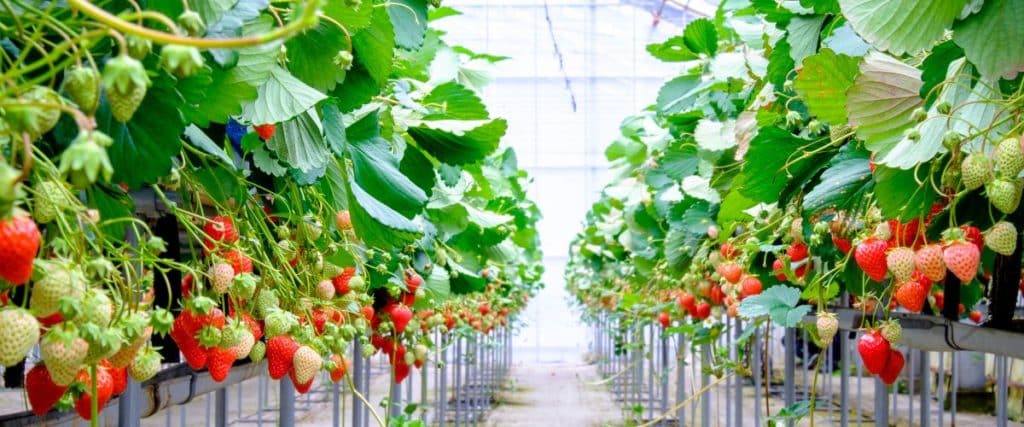Agriculture exports in Japan are set to rise to a record annual high spurred by increased global demand post-pandemic and the weakening yen.
Influenced by the depreciating Japanese yen combined with an increased global appetite for agricultural, forestry, fishery, and food products post-pandemic, agriculture exports from the country are on track to hit a new annual high.
Exports of agricultural, forestry, and fishery products and food hit JP¥1.12 trillion (US$8.34 billion) over the past 10 months of 2022, only the second time that the figure surpassed JP¥1 trillion.
Previously, agriculture exports had hit this number in 2021, coming to a total of JP¥1.23 trillion over the course of the year, demonstrating the country may be well on its way to surpass this milestone. Tokyo itself, is aiming to reach JP¥2 trillion in exports by 2025.
At a ministry meeting on Monday, the government of Japan announced a new strategy to increase the number of production areas that can comply with international food and safety regulations. To enable this and further boost the country’s strong export presence, prefectural governments, regional trading companies, and the Japan Agricultural Cooperatives group will collaborate to develop a system to support compliance.
From January to October 2022, exports increased by 15.3% from the previous year already, with China being the largest importer of Japanese agricultural goods at JP¥229.3 billion, a 24.5% uptake from 2021. The United States followed with a 20.8% increase themselves, importing around JP¥165.5 billion of Japanese goods.
Following reduced pandemic restrictions across the globe, a rebound of dining out, and lowered health and safety concerns, it is likely that demand for Japanese agriculture will continue to expand.
However, compliance remains a barrier for Japan. For example, when exporting apples to Thailand or the US, the supplier, or orchard, must be registered in order to ensure produce meets both importing countries’ standards for residual pesticides. Therefore, when an item is designated as a priority for exports, domestic producers may form a group that works together to maximise exports.
At the mentioned ministry meeting, four new groups were further established to promote 11 priority items.





